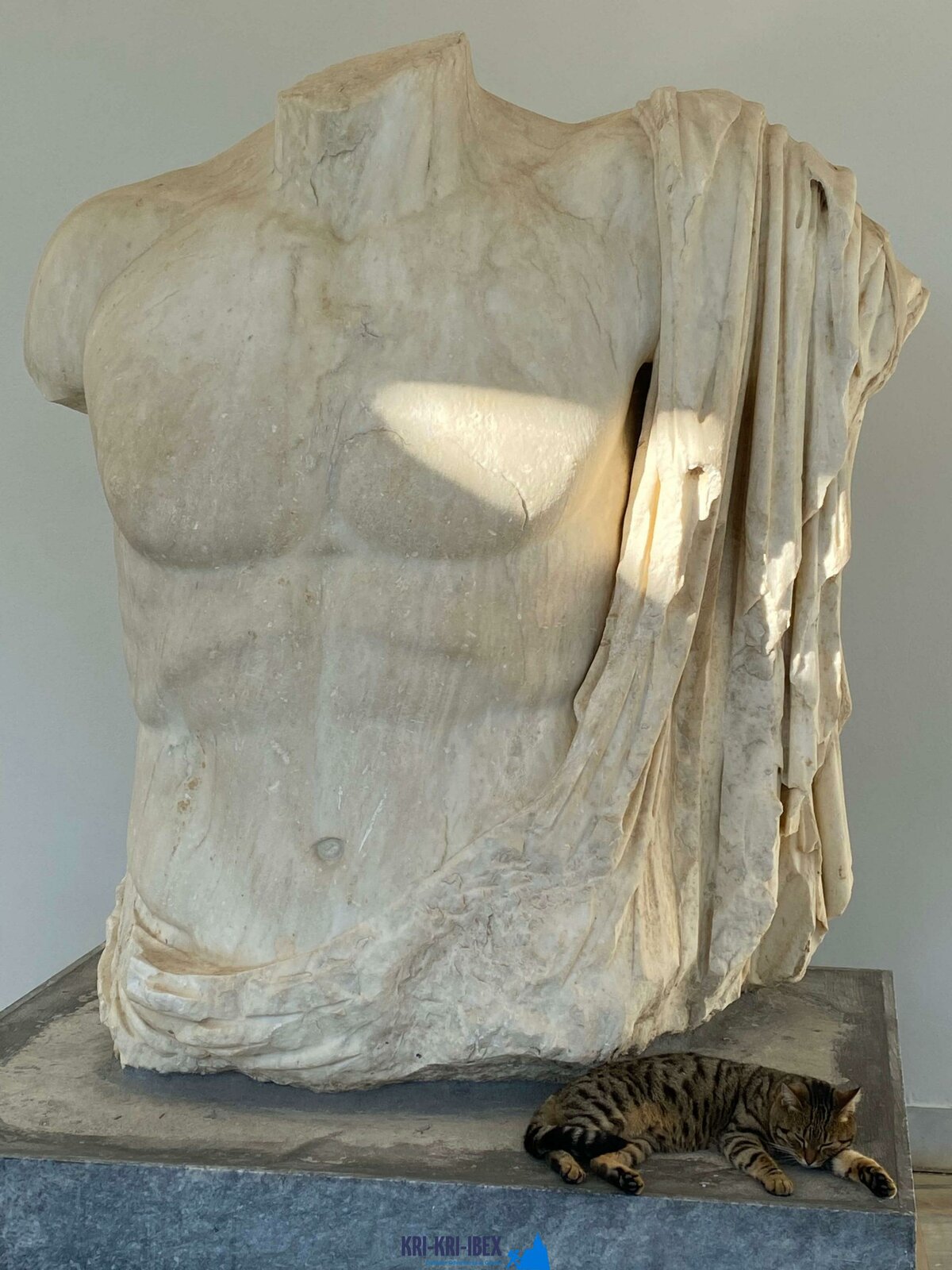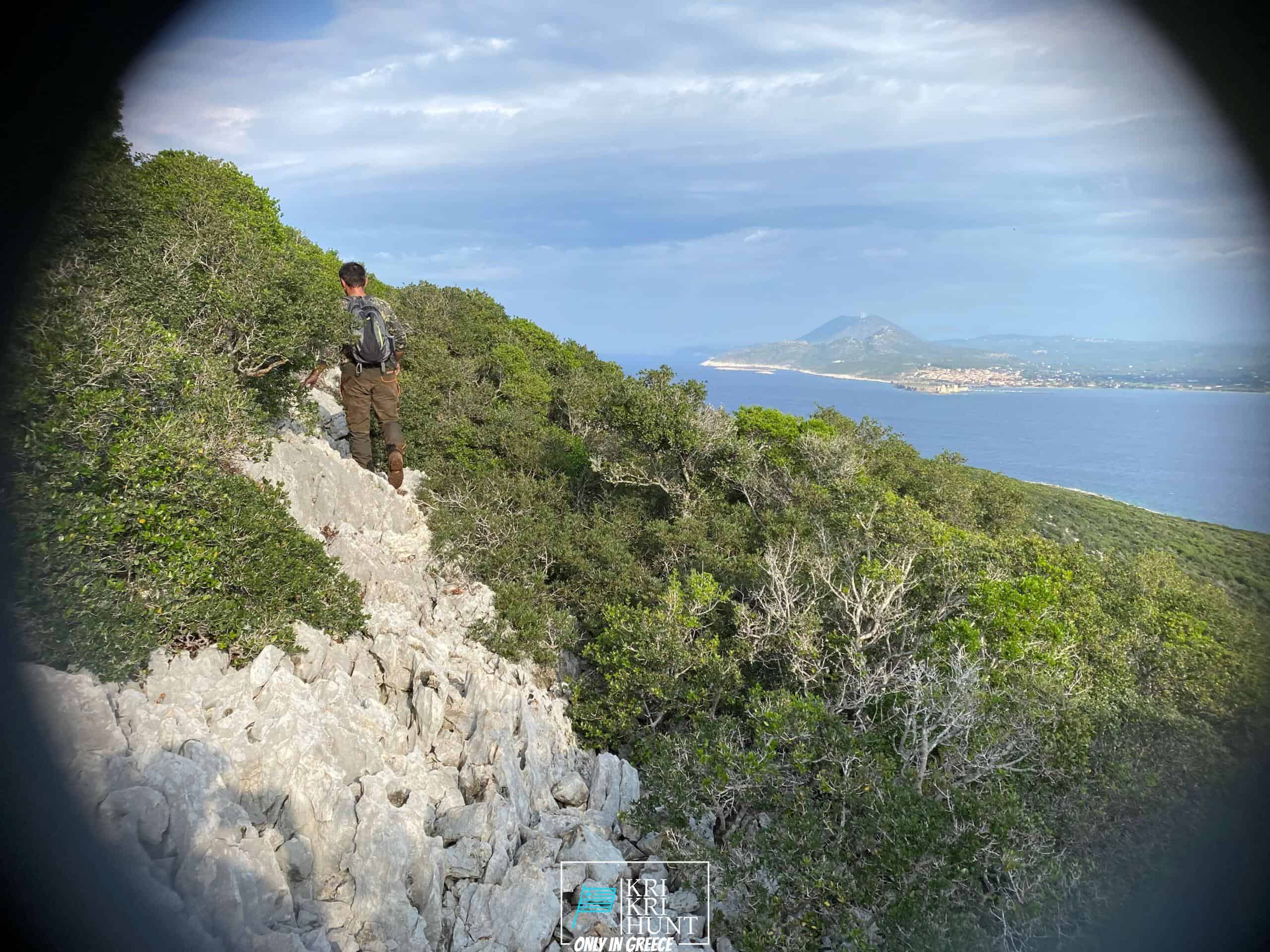Searching for Kri Kri ibex, angling and also cost-free diving on Sapientza island, Greece
Searching for Kri Kri ibex, angling and also cost-free diving on Sapientza island, Greece
Blog Article

This ibex quest is various from those experienced by the majority of hunters! It's a great vacation and hunting experience simultaneously when hunting for Kri Kri ibex in Greece. A five-day expedition diving for shipwrecks as well as spearfishing entails hunting for Kri Kri ibex on an unique island. What else would certainly you like?

The kri-- kri ibex, in some cases called the Cretan goat or Agrimi (after an ancient region of Greece), is a wild goats that inhabits eastern Mediterranean. When you learn about its distinct history, it utilized to be considered simply one more subspecies in this area but it's even more than fulfills assumptions! The Ibex is NOT a small type of the Bezoar Ibex, which has moved right into this variety. The kri-- kris (Capra aegagrus cretica), occasionally called Cretan goats or Agrimi, are feral goat that inhabit lots of components in Eastern Mediterranean formerly taken into consideration as subspecies for wild goats; however current studies reveal they're not in fact associated as well as must be acknowledged individually from any others species within category Caprinae. The kri-kri is not believed to be aboriginal to Crete, more than likely having been imported to the island during the time of the Minoan world. The kri-kri ibex of Crete are thought to be an import from somewhere else, but they have actually only been found on this set island. It prevailed throughout the Aegean but the tops of the 8,000 ft (2,400 m) White Mountains of Western Crete are their last fortress-- especially a series of almost upright 3,000 feet (900 m) cliffs called 'the Untrodden'-- ahead of the Samaria Gorge. This range of mountains, which organizes one more 14 endemic animal types, is safeguarded as a UNESCO Biosphere Reserve. In overall, their range includes the White Mountains, the Samaria National Forest as well as the islands of Dia, Thodorou, as well as Agii Pandes.
To lots of people, The Peloponnese peninsula on the Greek Mainland is the 'genuine' Greece, where things have actually not transformed a lot at all over the centuries despite the fact that lots of people have actually uncovered it. This is a location where you can easily spend a month or more but if you are short promptly then our searching and exploring Peloponnese Tours from Methoni is an excellent service. This covers a substantial quantity of ground to several of Europe's most remarkable sites in just 5 days. You really won't believe what you see! Whilst the Peloponnese is house to a few of the most effective coastlines in Greece there are many points to do as well as see that it is really a year-round destination. Whilst Summer is the perfect time to spend at the waterfalls and coastlines, Spring and also Autumn are exceptional for hiking and discovering Ancient Ruins, Caves as well as Archeological sites. Even winter months is tempting as most of the communities as well as towns obtain some snow, especially in the mountains, as well as the stone style as well as wineries offer themselves to cosy moments by an open fire. The covered dishes as well as traditional winter food is passionate and scrumptious. Despite what time of year you select you will discover the crowds extremely convenient and in several places, non-existent.
Experience 'Real' Greece with Our Peloponnese Tours. Look no better than our Peloponnese trips if you're looking for a genuine Greek experience. From ancient damages and also castles to scrumptious food as well as white wine, we'll reveal you everything that this incredible area has to provide. So what are you awaiting? Schedule your journey today! Your Kri Kri ibex hunting in Greece is right here!
What is the diference between Kri Kri ibex, Bezoar ibex and hybrid ibex
The kri-kri is not thought to be indigenous to Crete, most likely having been imported to the island during the time of the Minoan civilization. Nevertheless, it is found nowhere else and is therefore endemic to Crete. It was common throughout the Aegean but the peaks of the 8,000 ft (2,400 m) White Mountains of Western Crete are their last strongholds–particularly a series of almost vertical 3,000 ft (900 m) cliffs called ‘the Untrodden’—at the head of the Samaria Gorge. This mountain range, which hosts another 14 endemic animal species, is protected as a UNESCO Biosphere Reserve. In total, their range extends to the White Mountains, the Samaria National Forest and the islets of Dia, Thodorou, and Agii Pandes.
This Ibex is NOT a diminutive form of the Bezoar Ibex, which has migrated into the western-most reach of the range of this species. The kri – kri (Capra aegagrus cretica), sometimes called the Cretan goat, Agrimi, or Cretan Ibex, is a feral goat inhabiting the Eastern Mediterranean, previously considered a subspecies of wild goat. The kri-kri has a light brownish coat with a darker band around its neck. It has two horns that sweep back from the head. In the wild they are shy and avoid tourists, resting during the day. The animal can leap some distance or climb seemingly sheer cliffs.
“The agrimi goat Capra aegagrus cretica is unique to Crete and its offshore islands. It has been identi®ed as a sub-species of the wild bezoar goat Capra aegagrus aegagrus Erxleben, 1777, which it closely resembles in horn shape, body form and coloration. This classi®cation has been disputed by some researchers who claim that the agrimi are feral goats, derived from early domestic stock brought to the island by the ®rst Neolithic settlers. In order to clarify this issue, DNA analyses (cytochrome b and D loop sequences) were carried out on tissue of live and skeletonized agrimi and compared to sequences of wild and domestic caprines. Results conclusively show the agrimi to be a feral animal, that clades with domestic goats (Capra hircus) rather than with wild Asiatic bezoar. This study demonstrates that morphometric criteria do not necessarily re¯ect genetic af®nities, and that the taxonomic classi®cation of agrimi should be revised.”
Report this page